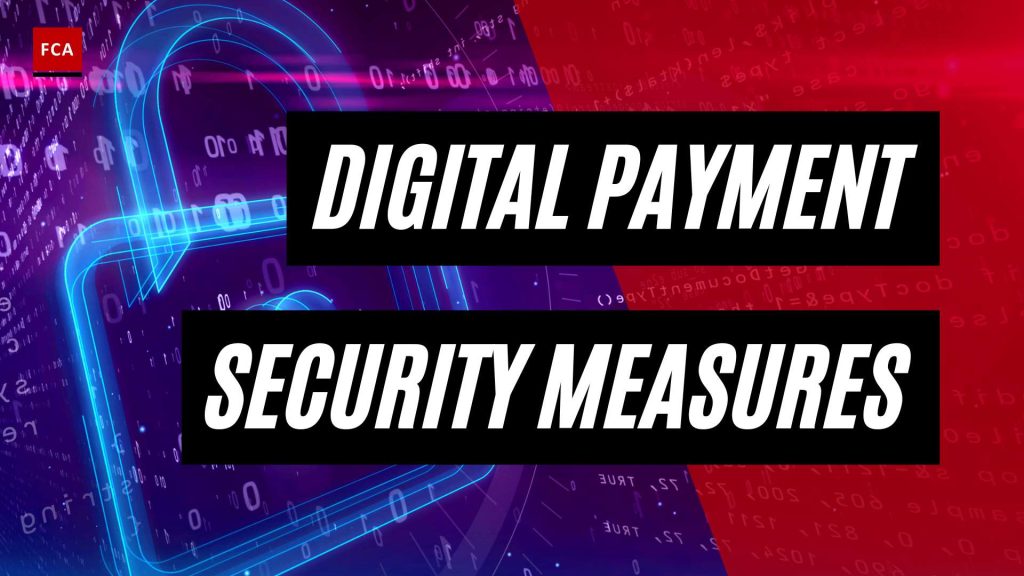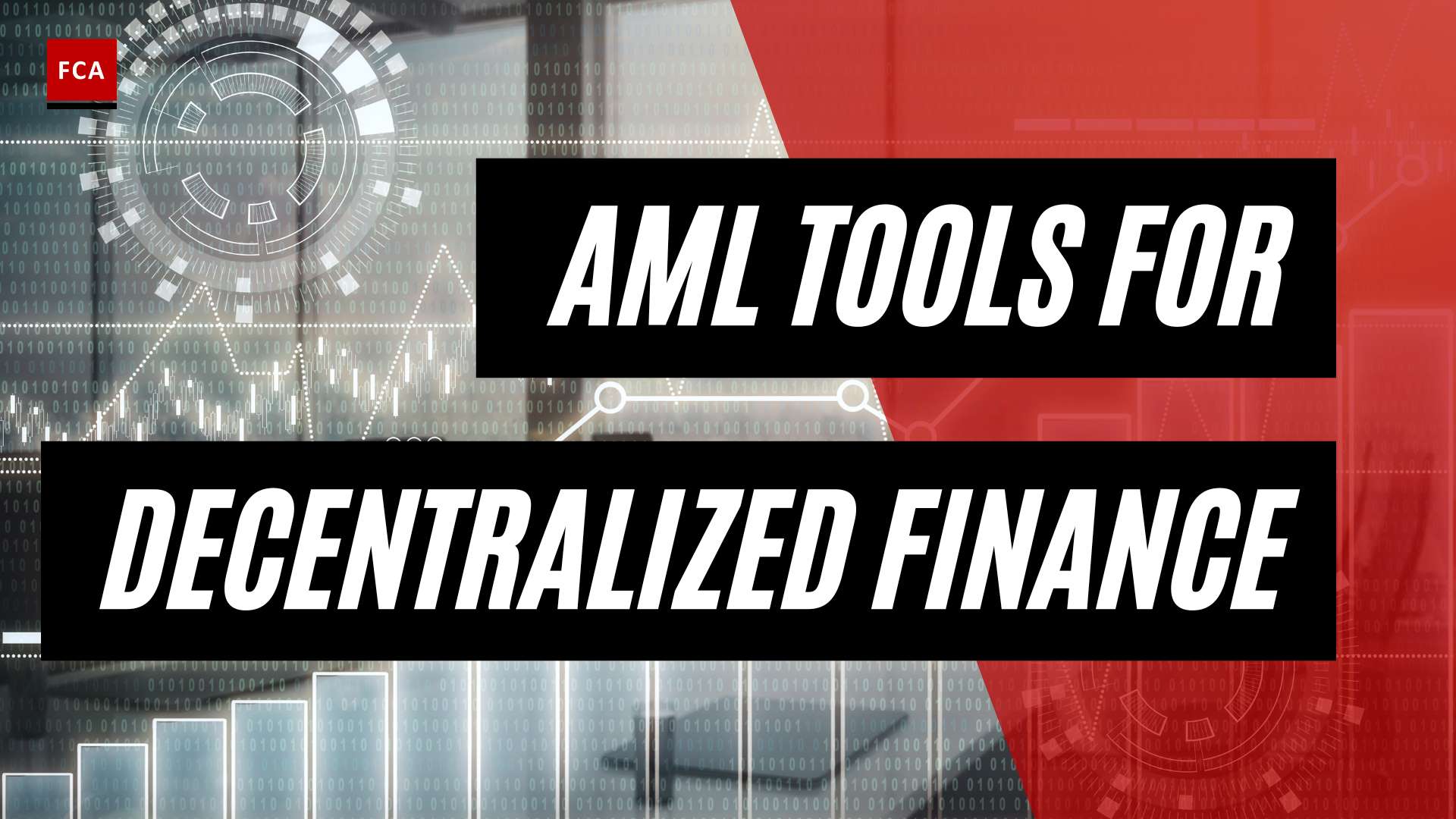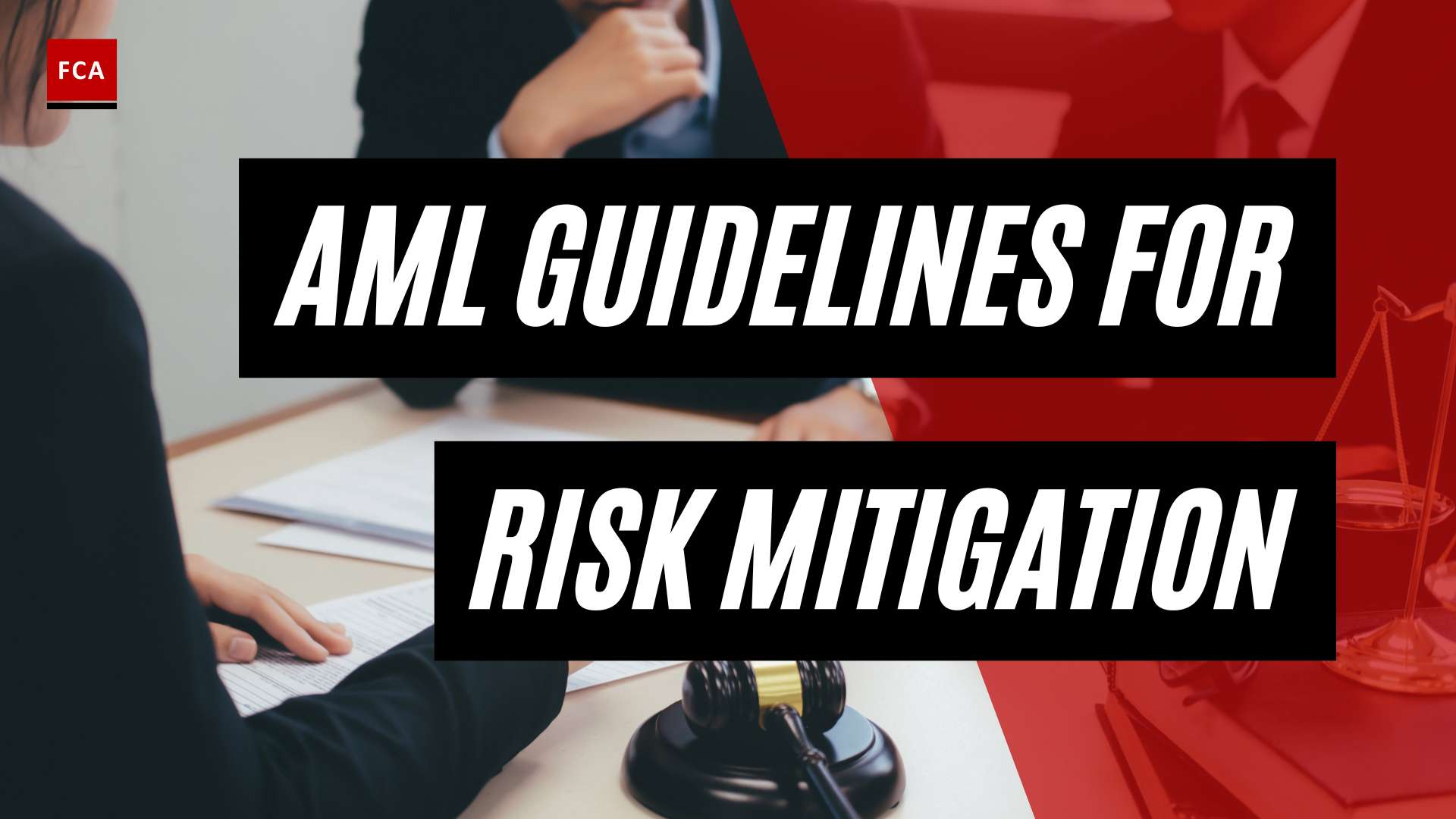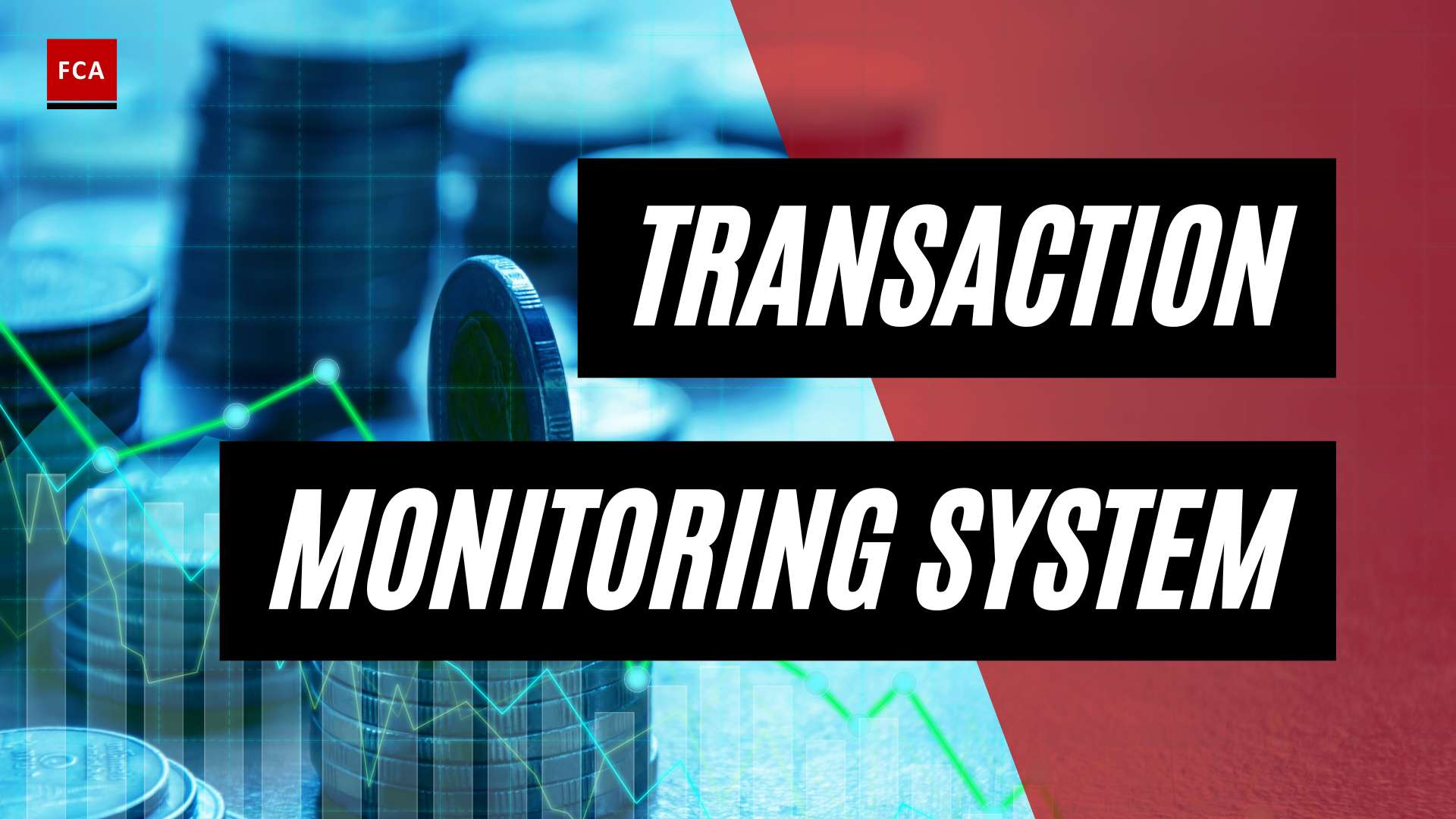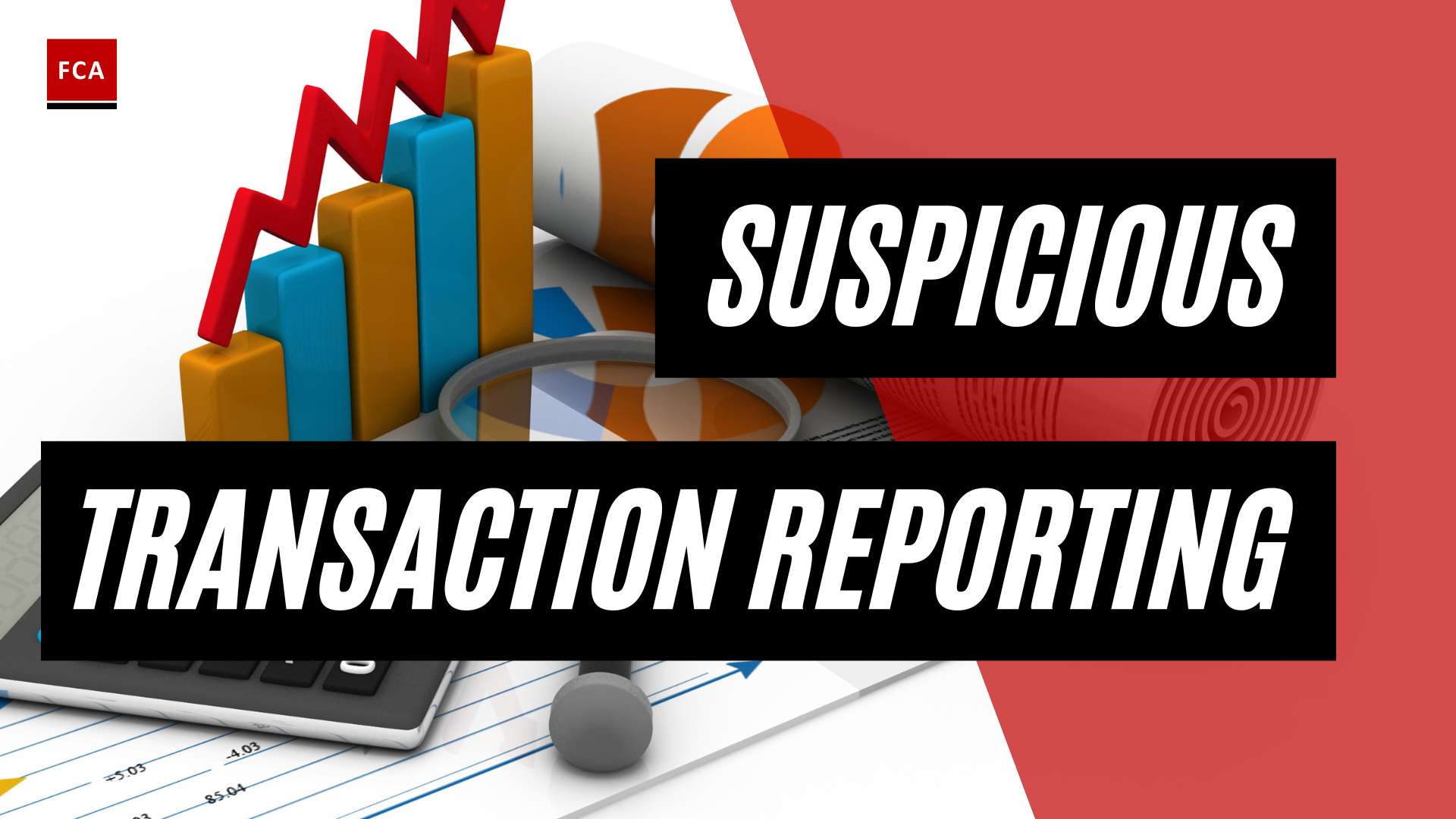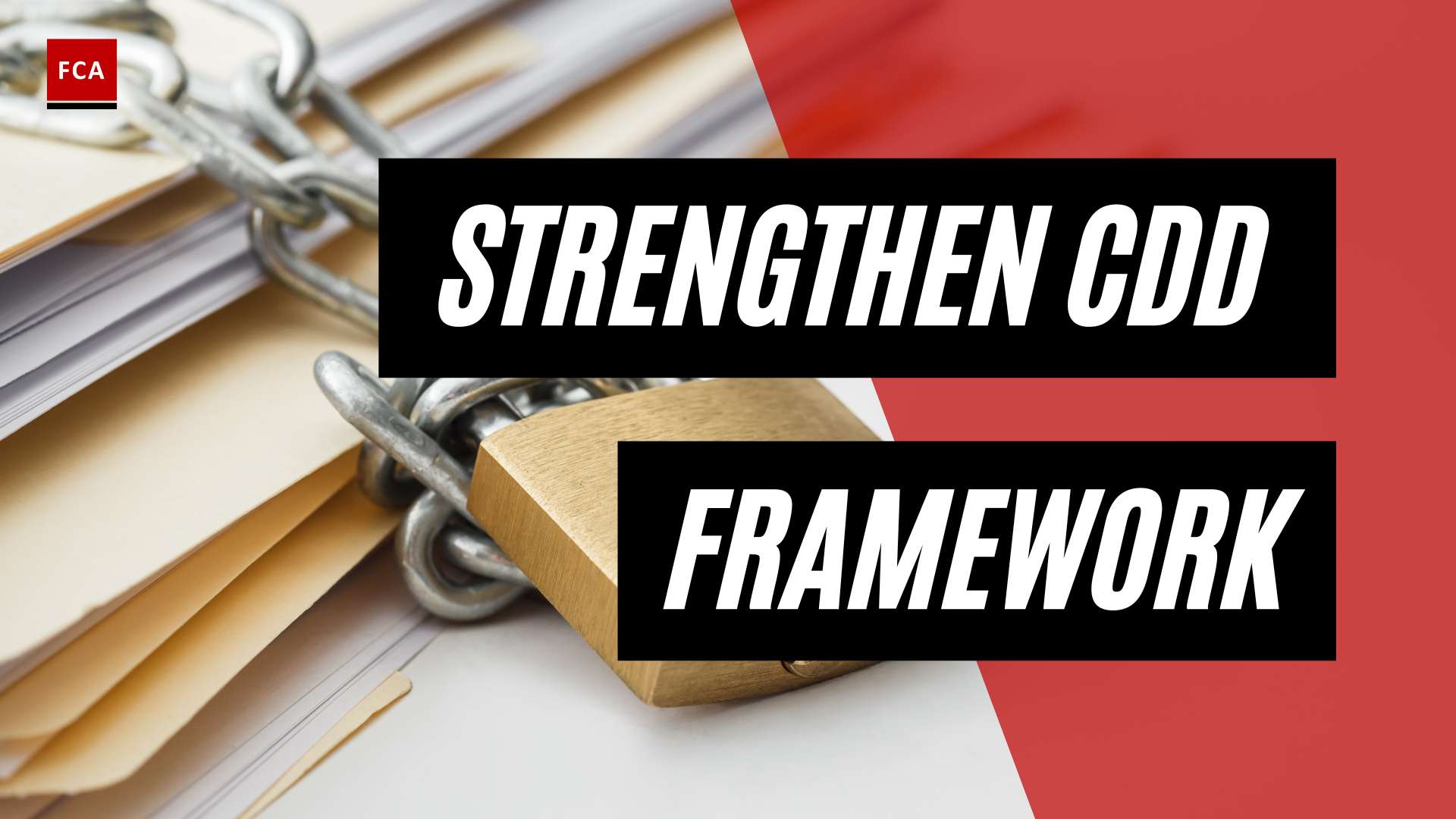The Importance of Digital Payment Security
In today’s digital landscape, ensuring the security of digital payments is of paramount importance. As more individuals and businesses rely on digital payment methods, it becomes crucial to understand the significance of implementing robust security measures. This section provides an overview of digital payment security and highlights the risks and challenges associated with digital payments.
Digital Payment Security Overview
Digital payment security refers to the measures and protocols put in place to protect financial transactions conducted electronically. With the increasing use of digital payment methods such as mobile payments and online transactions, it is essential to safeguard sensitive financial data and prevent unauthorized access.
Encryption plays a vital role in digital payment security. When handling sensitive data like credit card information, encryption is used to secure transactions and prevent unauthorized access. By encrypting the data being transmitted between the customer and the payment gateway, encryption ensures that the information remains secure and protected from potential threats. Utilizing encryption protocols helps maintain the confidentiality and integrity of the data (GitHub).
Secure payment gateways are another key component of digital payment security. These gateways act as a bridge between the customer’s banking facilities and the merchant’s website, facilitating secure and encrypted transactions. By implementing secure payment gateways, sensitive payment information is separated from the merchant’s website, reducing the risk of unauthorized access to customer data (GitHub).
Regular software updates are crucial for maintaining a secure digital payment environment. Software updates often include security patches that address vulnerabilities and strengthen the system against potential threats such as hacking attempts or data breaches. By regularly updating payment processing software, businesses can ensure that their systems remain up-to-date with the latest security measures, minimizing the risk of security breaches (GitHub).
Risks and Challenges in Digital Payments
While digital payments offer convenience and efficiency, they are not without risks. Various challenges pose threats to the security of digital payments, and understanding these risks is essential for implementing effective security measures.
One significant risk in digital payments is the potential for unauthorized access and identity theft. Cybercriminals may attempt to intercept sensitive financial information, such as credit card details or login credentials, leading to financial losses and identity theft incidents. Protecting against phishing attacks and unauthorized access is crucial to ensure the security of digital payments (LoginRadius).
Another challenge in digital payments is the increasing sophistication of cyberattacks. Cybercriminals continually develop new techniques to exploit vulnerabilities in payment systems, posing a constant threat to the security of digital transactions. Businesses and individuals must stay vigilant and adopt robust security measures to mitigate these risks.
Fraud is also a significant concern in digital payments. With the growth of e-commerce and online transactions, fraudsters find new ways to exploit vulnerabilities and deceive individuals or businesses. Implementing fraud prevention measures and transaction monitoring systems can help detect and prevent fraudulent activities in digital payments.
By understanding the importance of digital payment security and recognizing the risks and challenges involved, businesses and individuals can take proactive steps to implement effective security measures. The subsequent sections of this article will delve into key security measures, such as encryption, secure payment gateways, and multi-factor authentication, that can enhance digital payment security and protect against potential threats.
Key Security Measures for Digital Payments
When it comes to digital payments, ensuring the security of transactions is paramount. Implementing key security measures can help protect sensitive financial information and mitigate the risks associated with digital payments. In this section, we will explore three essential security measures: encryption and secure transactions, secure payment gateways, and regular software updates.
Encryption and Secure Transactions
To safeguard sensitive data like credit card information during digital transactions, encryption plays a crucial role. Encryption helps protect the data being transmitted between the customer and the payment gateway, making it unreadable to unauthorized parties. By using cryptographic algorithms, encryption ensures that the information exchanged remains secure and confidential.
During a secure transaction, the customer’s web browser and the merchant’s web server establish a secure connection through a process called Secure Sockets Layer (SSL) or Transport Layer Security (TLS) encryption. This encryption protocol creates a secure tunnel, encrypting the data and ensuring its integrity during transmission. By employing encryption, digital payment systems can prevent unauthorized access and maintain the privacy of sensitive financial information.
Secure Payment Gateways
Secure payment gateways act as a bridge between the customer’s banking facilities and the merchant’s website, facilitating secure digital transactions. These gateways provide a secure environment for processing payment information, ensuring the confidentiality and integrity of the data transferred.
When using a secure payment gateway, the customer’s sensitive payment details, such as credit card numbers or bank account information, are securely transmitted and stored. The separation between the merchant’s website and the payment gateway helps protect this information from unauthorized access.
It is important for businesses to choose reliable and trusted payment gateways that comply with industry standards and regulations. By selecting a secure payment gateway, merchants can enhance the overall security of their digital payment processes and instill confidence in their customers.
Regular Software Updates
Regularly updating payment processing software is crucial for maintaining a secure digital payment environment. Software updates often include security patches that address vulnerabilities and strengthen the system against potential threats like hacking attempts or data breaches.
By keeping software up to date, businesses can stay ahead of emerging security risks and protect their digital payment infrastructure. These updates improve system stability, performance, and most importantly, security. It is recommended to regularly check for updates provided by the software vendors and promptly apply them to maintain the highest level of security for digital payment systems.
By implementing encryption and secure transactions, utilizing secure payment gateways, and regularly updating payment processing software, businesses can bolster the security of their digital payment processes. These key security measures help protect sensitive financial information, prevent unauthorized access, and enhance overall trust in digital payment systems. It is important for businesses and individuals alike to prioritize digital payment security to safeguard against potential threats and ensure a safe and secure payment experience.
Enhancing Security with Tokenization
In the realm of digital payment systems, one effective method for enhancing security is through the use of tokenization. Tokenization adds an extra layer of protection by replacing sensitive financial information with unique tokens. These tokens have no value to cybercriminals if intercepted, safeguarding customer data during transactions.
Tokenization in Digital Payment Systems
Tokenization is a process that replaces sensitive cardholder data, such as credit card numbers, with unique, randomly generated tokens. These tokens are irrelevant to hackers and hold no intrinsic value. By implementing tokenization in digital payment systems, businesses can significantly reduce the risk of unauthorized access to sensitive payment information.
The tokenization process involves the following steps:
- Data Capture: When a customer initiates a digital payment transaction, their sensitive payment information, such as credit card details, is securely captured.
- Token Generation: The captured payment information is then processed through a secure tokenization system, which generates a unique token. This token acts as a substitute for the original sensitive data.
- Token Storage: The tokenized information, along with the associated transaction details, is securely stored in the payment system’s database. This ensures that the original sensitive data is not retained, minimizing the risk of data breaches.
The use of tokenization provides several key benefits for digital payment security:
- Enhanced Data Protection: Tokenization replaces sensitive financial information with tokens that are meaningless to cybercriminals. Even if intercepted, these tokens cannot be used to extract the original payment data.
- Risk Mitigation: By eliminating the storage of sensitive payment information, businesses can reduce the risk of data breaches and potential financial losses.
- Compliance with Security Standards: Tokenization and encryption technologies are implemented to comply with industry security standards, such as the Payment Card Industry Data Security Standard (PCI DSS). These standards ensure the protection of sensitive payment data and help prevent breaches.
- Customer Trust: By implementing robust security measures like tokenization, businesses can build customer trust and demonstrate their commitment to protecting sensitive financial information.
It is important for businesses operating in the digital payment ecosystem to adopt tokenization as part of their security measures. By doing so, they can strengthen their security posture, mitigate risks associated with payment processing, and enhance the overall security of digital payment transactions.
In addition to tokenization, there are other security measures that can be implemented to bolster digital payment security. These include encryption, secure payment gateways, regular software updates, multi-factor authentication, and adopting best practices such as using secure Wi-Fi networks, monitoring transactions and account activity, and employing strong passwords and password managers. By combining these measures, businesses can create a robust defense against potential threats and ensure the safety of digital payment transactions.
Multi-Factor Authentication for Digital Payments
In the realm of digital payments, employing effective security measures is crucial to protect against unauthorized access and fraudulent activities. One such measure is Multi-Factor Authentication (MFA), which plays a vital role in enhancing the security of digital payment processes.
The Role of Multi-Factor Authentication
MFA is a security system that requires users to provide multiple credentials from independent categories of authentication factors to verify their identity for a login or transaction. By combining two or more factors, such as something the user knows (password or PIN), something the user has (smartphone or hardware token), and something the user is (fingerprint or voiceprint), MFA strengthens the security of digital payments.
The primary purpose of MFA is to add an extra layer of verification to ensure that only authorized individuals can access and conduct transactions. This additional step makes it significantly more difficult for cybercriminals to gain unauthorized access to sensitive financial information and accounts. Phishing attacks, which are a common threat to digital payment security, can be effectively countered by MFA due to the added layer of verification required, reducing the risk of unauthorized access to financial information and accounts.
Implementing MFA protocols in digital payment systems substantially reduces the chances of data breaches, financial losses, and identity theft incidents. According to LoginRadius, effective MFA measures can mitigate up to 99.9% of cyberattacks, including hacking, identity theft, and unauthorized access to sensitive data. By integrating MFA into various digital platforms and services, such as e-commerce websites, mobile banking applications, and online payment gateways, a robust security framework is established to safeguard digital payment transactions and user data from cyber threats.
Implementing MFA Protocols
To implement MFA for digital payments, organizations should ensure that their systems and platforms support the necessary infrastructure. MFA protocols can be seamlessly integrated into existing digital payment processes, providing users with a secure authentication experience.
When implementing MFA, it’s crucial to consider the user experience and strike a balance between security and convenience. Organizations should offer a variety of authentication factors, allowing users to choose the ones that best suit their preferences and needs. Commonly used authentication factors include passwords, PINs, tokens, biometrics (such as fingerprint or facial recognition), and smart cards.
Furthermore, organizations should provide clear instructions and guidance to users on how to set up and use MFA. This includes educating users on the importance of MFA, how to enable it, and how to recover access in case of any issues. Regular communication and awareness campaigns can help users understand the benefits of MFA and encourage its adoption.
By implementing MFA protocols in digital payment systems, organizations can significantly enhance the security of transactions and protect against unauthorized access. MFA serves as a powerful tool to combat evolving cyber threats and ensure the integrity of digital payment processes.
Next, let’s explore best practices for securing digital payments, including tips on secure Wi-Fi networks, monitoring transactions, and using strong passwords and password managers.
Best Practices for Digital Payment Security
To ensure the security of digital payments, it is essential to follow best practices that help protect sensitive financial information. By implementing the following measures, individuals can enhance their digital payment security.
Secure Wi-Fi Networks
When making digital payments, it is advisable to use secure Wi-Fi networks to prevent the interception of sensitive financial information. Public Wi-Fi networks can be vulnerable to hacking and unauthorized access. Utilizing a secure and password-protected network ensures a safer environment for conducting digital transactions. Avoid using public Wi-Fi networks for financial transactions, as they may lack encryption and expose your data to potential threats.
Monitoring Transactions and Account Activity
Regularly monitoring digital payment transactions and account activity is crucial for detecting and preventing unauthorized access. By reviewing transaction histories and account statements, individuals can identify any suspicious or fraudulent activity promptly. Monitoring account activity allows for early detection, enabling immediate action to mitigate potential risks and protect financial assets.
Strong Passwords and Password Managers
Creating strong, unique passwords for digital payment accounts is vital for safeguarding sensitive information. Strong passwords should include a combination of uppercase and lowercase letters, numbers, and special characters. It is crucial to avoid using easily guessable information, such as birthdates or names, as passwords. Regularly changing passwords and refraining from reusing them across multiple accounts further enhances security. To manage multiple complex passwords effectively, consider using a password manager. These tools can securely store and automatically fill in passwords, reducing the risk of password-related vulnerabilities (Forbes).
By following these best practices, individuals can bolster the security of their digital payments, minimizing the risk of unauthorized access and potential financial loss. It is essential to stay vigilant and adopt proactive measures to protect sensitive financial information in an increasingly digital world.
Industry Standards and Compliance
In the realm of digital payment security, industry standards and compliance play a vital role in safeguarding sensitive payment information and preventing breaches. One prominent standard in this domain is the Payment Card Industry Data Security Standard (PCI DSS).
Payment Card Industry Data Security Standard (PCI DSS)
The Payment Card Industry Data Security Standard (PCI DSS) is a set of security requirements developed by major credit card companies to ensure the secure handling of cardholder data. It applies to all entities that store, process, or transmit cardholder information, including merchants, financial institutions, and service providers.
The PCI DSS provides a comprehensive framework for protecting payment data during digital transactions. It covers various aspects of security, including network security, encryption, access controls, and regular monitoring of systems. Compliance with this standard helps to mitigate the risk of data breaches, financial losses, and identity theft incidents.
By adhering to the PCI DSS, organizations demonstrate their commitment to protecting sensitive payment information and maintaining a secure environment for digital payments. Compliance involves implementing security measures such as encryption, tokenization, secure payment gateways, and regular software updates.
Compliance and Security Measures
Compliance with industry standards, like the PCI DSS, is essential for organizations involved in digital payment processing. It ensures that proper security measures are in place to protect sensitive customer information and prevent unauthorized access or fraud.
To comply with industry standards, organizations should implement a range of security measures, including:
-
Encryption and Secure Transactions: Encryption technology encodes information so that only the intended recipient with the correct decryption key can read it. This aids in securing digital payment data against unauthorized access or fraud.
-
Secure Payment Gateways: Utilizing secure payment gateways ensures that sensitive payment information is transmitted securely between the customer, merchant, and financial institutions. These gateways employ various security protocols, such as Secure Sockets Layer (SSL) or Transport Layer Security (TLS), to protect data during transmission.
-
Regular Software Updates: Regularly updating software and security patches is crucial for addressing vulnerabilities and protecting against emerging threats. These updates often include critical security fixes that address known vulnerabilities in payment systems and help maintain a secure environment for digital transactions.
By implementing these security measures and complying with industry standards, organizations can bolster the security of their digital payment processes, protect customer information, and reduce the risk of data breaches and financial loss.
In addition to industry standards, organizations should also consider other security measures, including Multi-Factor Authentication (MFA), secure Wi-Fi networks, monitoring transactions and account activity, and using strong passwords and password managers. These additional measures work in conjunction with industry standards to provide a robust security framework for digital payment systems.
As the digital payment landscape continues to evolve, industry standards and compliance will remain crucial in ensuring the security and integrity of digital transactions. Staying up to date with the latest standards and implementing best practices will help organizations navigate emerging trends and future challenges in the ever-changing digital payment security landscape.
Emerging Trends and Future Challenges
As digital payment methods continue to gain popularity, it is crucial to stay informed about the emerging trends and future challenges in digital payment security. With the rapid expansion of digital transactions, there has been a corresponding increase in threats and fraud cases.
Increasing Threats and Fraud Cases
Emerging technologies and the pandemic-accelerated digital expansion have led to new forms of fraud in digital payments. In 2022 alone, online businesses globally suffered losses of $41 billion due to fraud, and an expected 17% increase in losses is projected for 2023 (Visa). The proliferation of fraud tools has made it easier than ever for individuals to engage in fraudulent activities, with inflation, rising costs of living, and economic uncertainty providing incentives for such behavior.
Fraudsters are increasingly using stolen or synthetic identities to establish new accounts, making transactions appear legitimate due to the use of genuine credentials, even though the accounts themselves are fraudulent (Visa). Social engineering tactics, such as phishing emails, have become more sophisticated with the use of generative AI, making detection of fakes more challenging.
To combat these increasing threats, financial institutions and businesses must continuously update their security measures and remain vigilant in protecting consumers’ financial information. Employing robust fraud prevention tools and regularly monitoring transactions and account activity are essential for detecting and preventing fraudulent activities. For more information on fraud prevention, refer to our article on mobile payment fraud prevention and digital payment fraud prevention.
Balancing Security and Transaction Experience
While the security of digital payments is of utmost importance, it is also crucial to balance security measures with a seamless transaction experience. Consumers expect a fast and convenient checkout process, with delays negatively impacting their purchasing decisions. In fact, research shows that half of Americans are less likely to make a purchase if the checkout process takes more than 30 seconds (Visa).
To meet these expectations, businesses need to enhance transaction security without compromising the user experience. Implementing security enhancements for new payment methods, such as social media app purchases, can help prevent fraud while providing a seamless and efficient transaction experience for consumers. Striking the right balance between security and convenience is essential for customer satisfaction and continued adoption of digital payment methods.
By staying abreast of emerging trends and challenges, businesses and financial institutions can adapt their digital payment security measures to effectively combat evolving threats. It is crucial to invest in robust security protocols, regularly update systems, and educate users about best practices to maintain the integrity and security of digital payment transactions.

